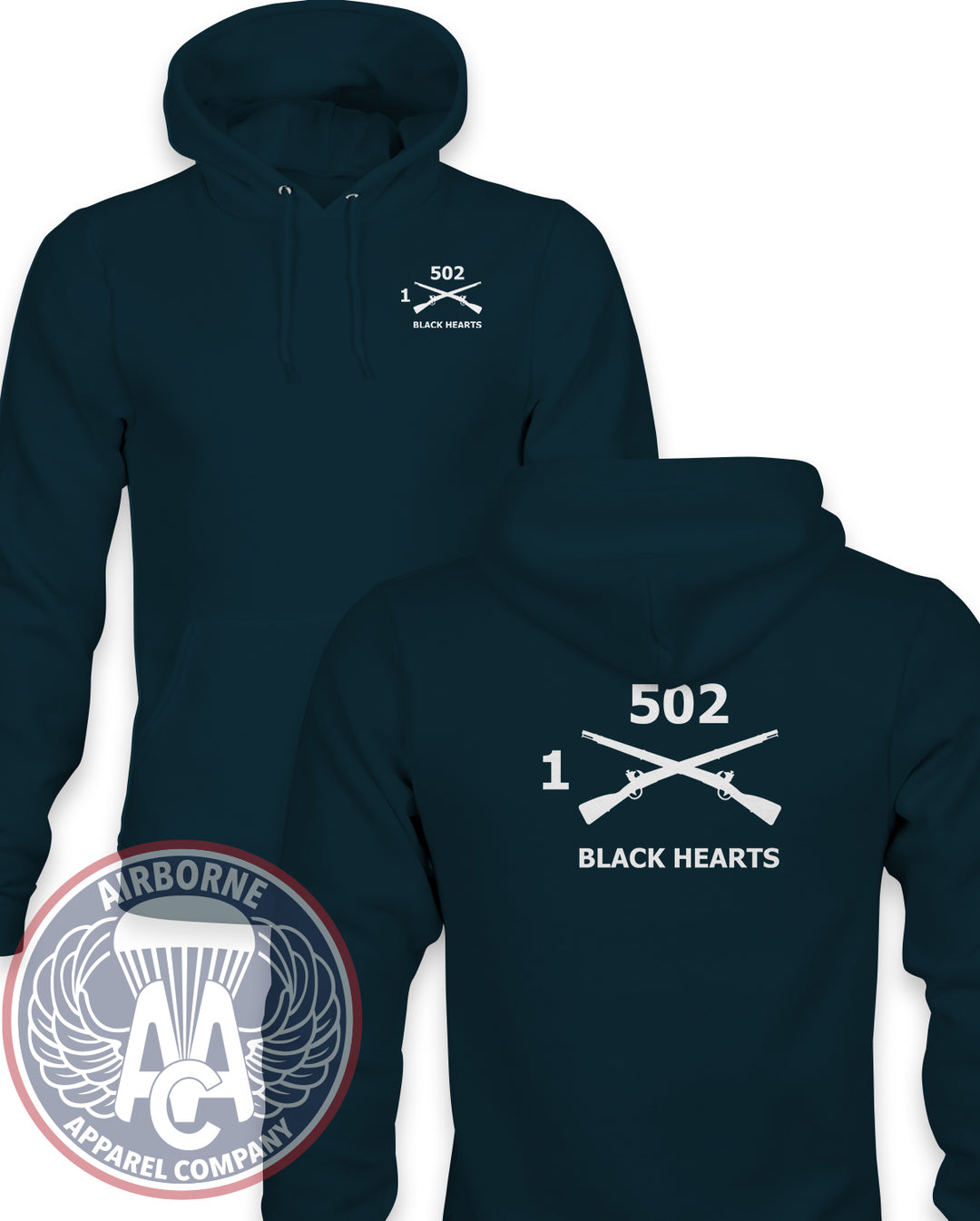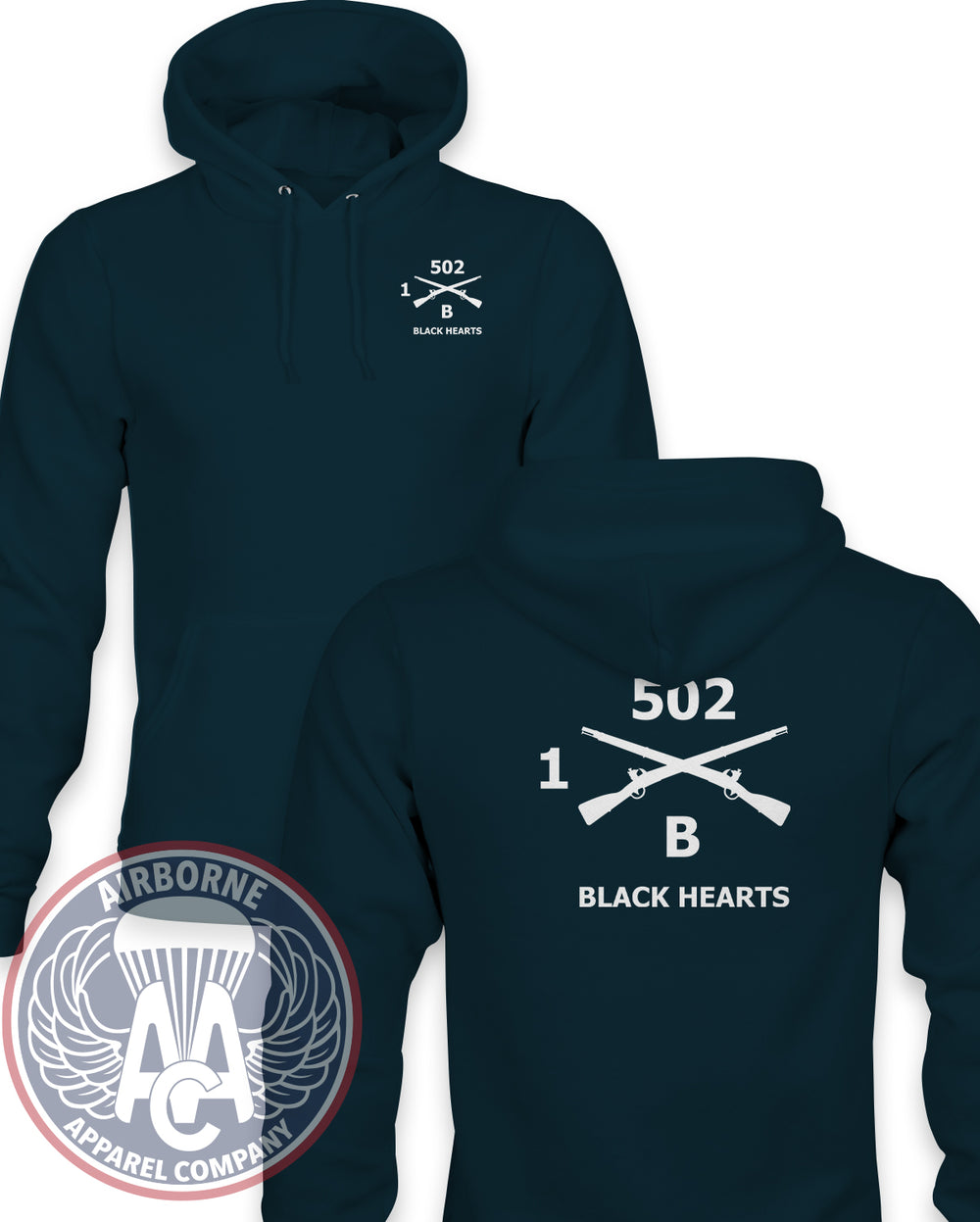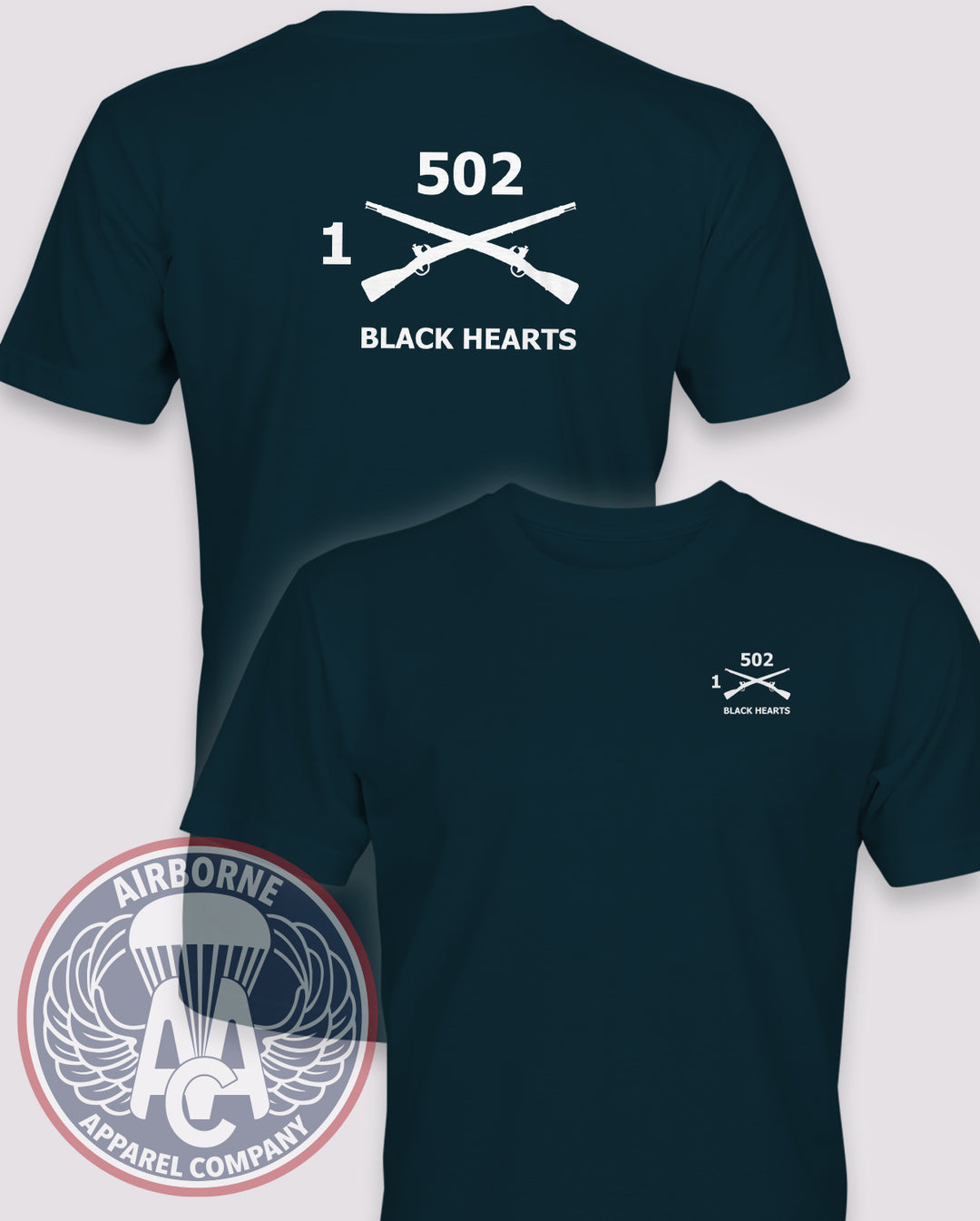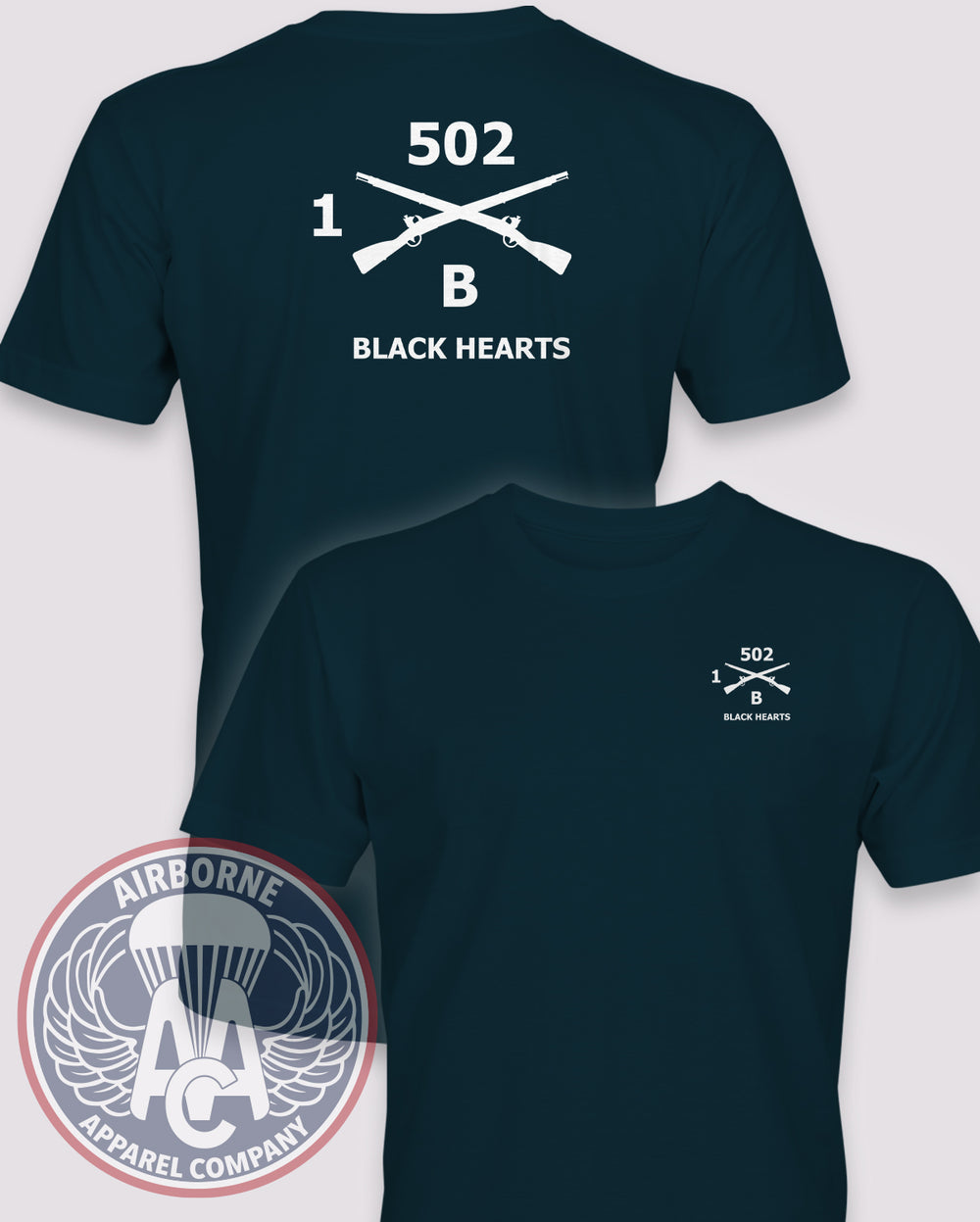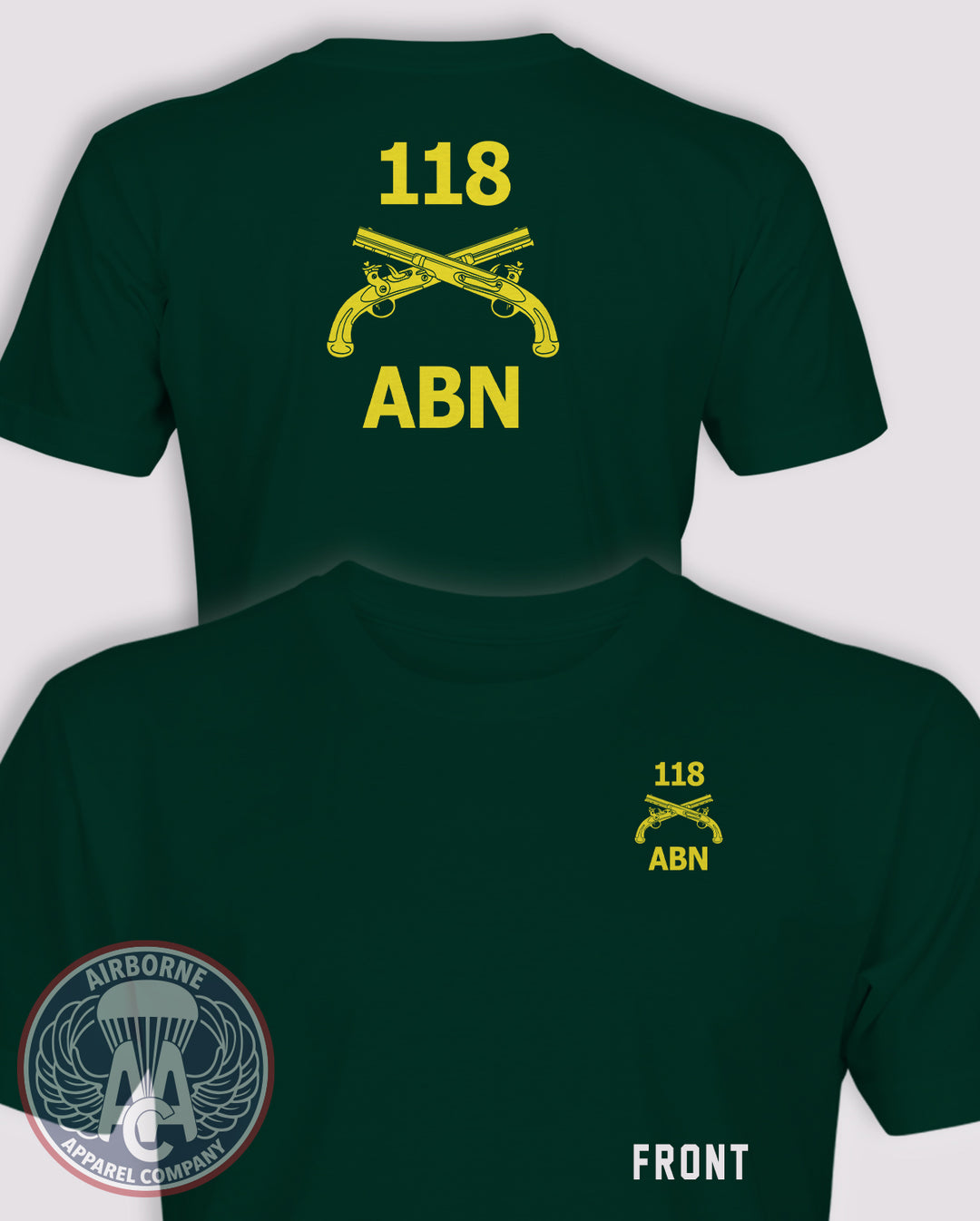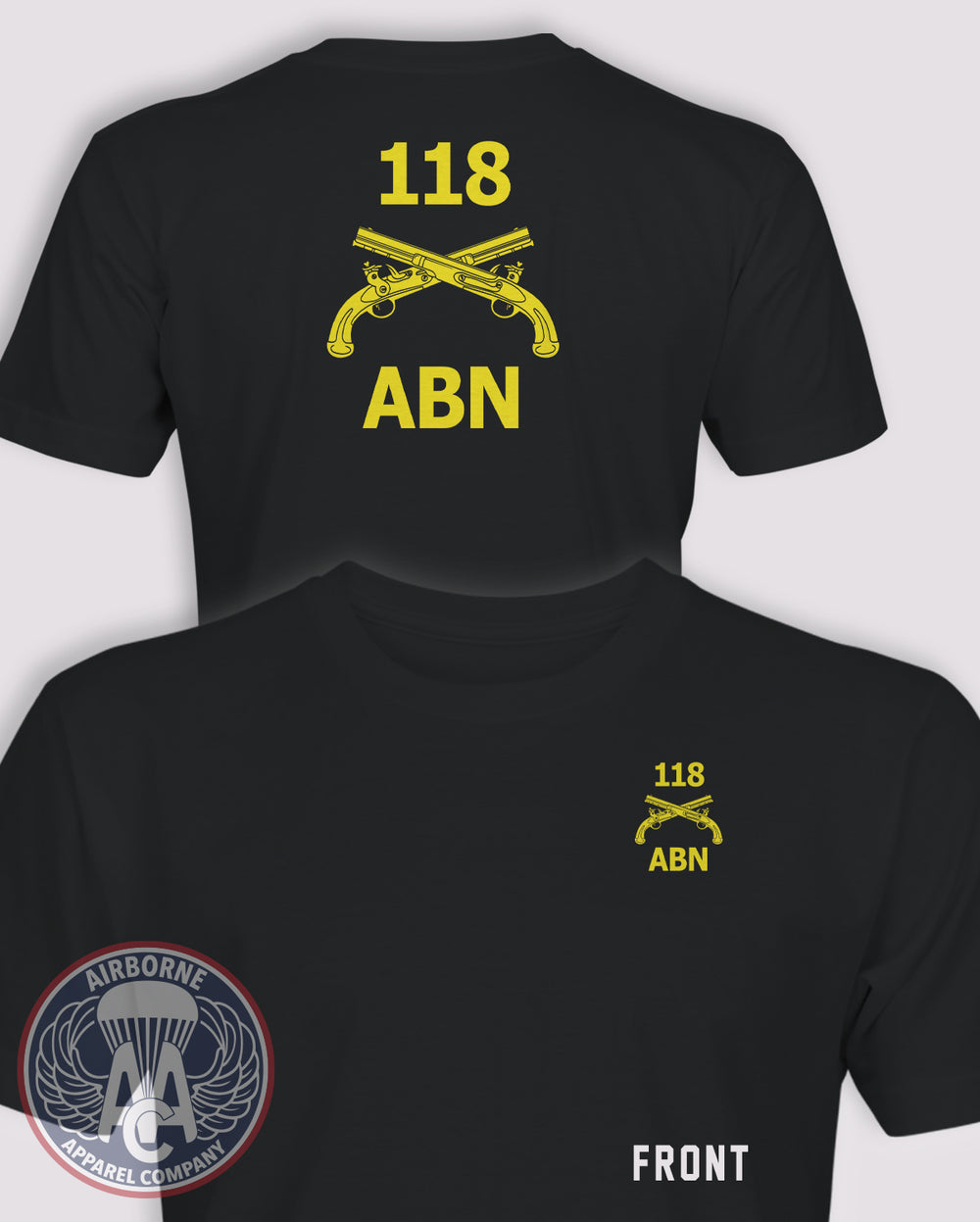The military guidon has been a visible symbol of unit pride, identity, and tradition in the United States Army since the earliest days of the republic. Our collection of apparel emblazoned with unit guidons captures the pride and symbolism and displays it in a subtle yet meaningful way.
For those that don't know, a guidon is a small swallow-tailed flag carried by a company, troop, or battery, used both as a rallying point and as a marker of the unit’s presence on the field. The origins of the guidon trace back to the cavalry standards of European armies, which the Continental Army adapted during the American Revolution. From the Revolutionary War through the War of 1812, the Civil War, and beyond, guidons served a practical battlefield purpose: allowing soldiers to identify their unit in the chaos of combat, and signaling maneuver orders when bugle calls and shouted commands were lost in the din.
By the mid-19th century, the U.S. Army had standardized guidons as part of its system of flags and colors. Cavalry guidons of the Civil War were instantly recognizable by their red-over-white design, which became iconic for mounted units. Infantry companies and artillery batteries likewise carried guidons, each with distinct colors and markings prescribed by Army regulations. During the Indian Wars, cavalry guidons were famously flown by units such as the 7th Cavalry at the Battle of the Little Bighorn, where the guidon became a powerful symbol of sacrifice and remembrance. These traditions carried forward into the 20th century, with guidons remaining a standard issue item for every company-sized element of the Army, from infantry rifle companies to airborne support platoons.
In modern U.S. Army practice, the guidon remains deeply tied to unit esprit de corps and ceremonial tradition. Today’s guidons are typically made of ultramarine blue wool bunting with inscriptions in golden yellow, though branch-specific designs exist for cavalry, artillery, engineers, and special units. Each guidon bears the unit’s designation, often with company letter, battalion, and regiment numbers. The Army Regulation 840-10 governs the display and use of flags, colors, and guidons, ensuring that this long-standing tradition is preserved consistently across the force. At daily formations, the guidon is posted at the head of the company; at ceremonies, it is entrusted to the unit’s guidon bearer, often the youngest soldier in the formation, symbolizing the link between past and future generations of service.
The guidon also plays a central role in the customs and courtesies of the Army. Soldiers salute the guidon when passing, and units compete fiercely to maintain possession of their guidon in contests and ceremonies. The phrase “guidon bearer” itself has become synonymous with carrying the honor and history of the unit. Whether in training at Fort Benning, in combat zones from World War II to Operation Enduring Freedom, or at garrisons across the United States, the guidon stands as a visible emblem of service. It connects today’s soldiers with the long lineage of the U.S. Army, stretching back to the Continental Army and carried forward through the Civil War, the World Wars, Korea, Vietnam, the Cold War, and the modern Global War on Terror.
For collectors, veterans, and historians, military guidons are more than just flags—they are physical links to the legacy of American service. From the swallow-tailed guidons flown by cavalry charges at Gettysburg, to the airborne company guidons carried at Normandy and Market Garden, to the guidons displayed proudly in today’s Army units, each guidon tells the story of the men and women who served under it. The history of the U.S. Army guidon is ultimately the history of American soldiers themselves: a legacy of duty, honor, sacrifice, and pride in belonging to a unit whose colors and traditions endure across generations.




